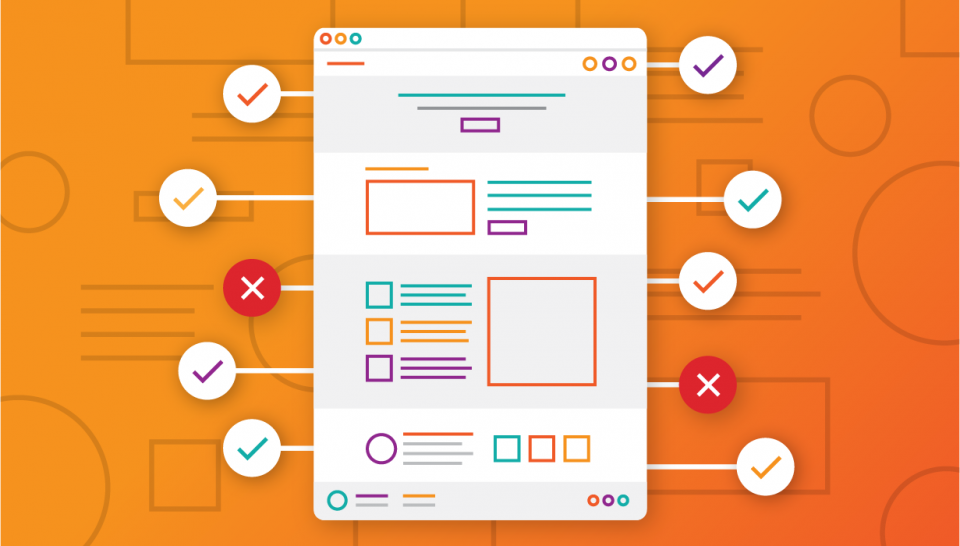Shop At Haya: Your Ultimate Shopping Guide
Discover the best shopping tips, trends, and deals for a smarter buying experience.
Access for All: Making Your Website Everyone's Home
Transform your website into an inviting space for everyone! Explore essential tips for accessible design and engage all users today.
Understanding Web Accessibility: Key Principles for Inclusive Design
Web accessibility refers to the practice of making websites usable by people of all abilities and disabilities. Understanding web accessibility is crucial for creating inclusive digital experiences. Key principles include providing text alternatives for non-text content, ensuring that all users can navigate and interact with a website using a variety of devices, and considering users with visual, auditory, motor, or cognitive impairments. By adhering to these principles, designers can ensure that their content is accessible to everyone, not just a select few.
One of the fundamental principles of web accessibility is the perceptibility of information. This ensures that users can perceive the provided information, regardless of their disabilities. For instance:
- Use sufficient color contrast to help users with visual impairments.
- Implement keyboard navigation for those who cannot use a mouse.
- Provide transcripts for audio content to assist deaf or hard of hearing users.

10 Common Accessibility Mistakes to Avoid on Your Website
When it comes to web design, accessibility should be a top priority to ensure that all users can navigate and interact with your site effectively. One of the common accessibility mistakes is failing to use sufficient color contrast. For instance, text that is too light against a light background can be nearly invisible, which can alienate users with visual impairments. Another mistake is neglecting to add alt text to images, which is crucial for screen readers. Without alt text, visually impaired users may miss out on important information conveyed through visuals.
Another frequent oversight involves the misuse of header tags, which can disrupt the logical flow of content for users relying on assistive technologies. Properly structuring your content with H1, H2, and H3 tags helps with both SEO and accessibility. Additionally, it’s important to ensure that all form fields have labels. Without these, users with disabilities may struggle to understand what information is required, leading to frustration and abandonment of forms. By addressing these common accessibility mistakes, you create a more inclusive and user-friendly experience for everyone.
How to Conduct an Accessibility Audit: Steps to Ensure Everyone Can Access Your Content
Conducting an accessibility audit is essential to ensure that your content is accessible to everyone, including individuals with disabilities. Start by identifying the scope of your audit; this could include your blog's homepage, individual posts, or all multimedia elements. Once you have a clear understanding of what you’re auditing, evaluate your content against established web accessibility guidelines, such as the WCAG (Web Content Accessibility Guidelines). This evaluation will help you spot potential barriers that may hinder access, such as color contrast issues, missing alternative text for images, or non-keyboard navigable elements.
Next, it’s crucial to implement a step-by-step approach during the audit process. Here are some key steps to follow:
- Automated Testing: Use online tools to identify basic accessibility issues.
- Manual Testing: Navigate your site using only a keyboard to understand the navigation experience for keyboard users.
- User Testing: Involve individuals with disabilities in your testing process to gather real feedback.
- Documentation: Keep track of your findings and plan for necessary changes to improve accessibility.
By following these steps, you will not only enhance the accessibility of your content but also create a more inclusive environment for all your readers.